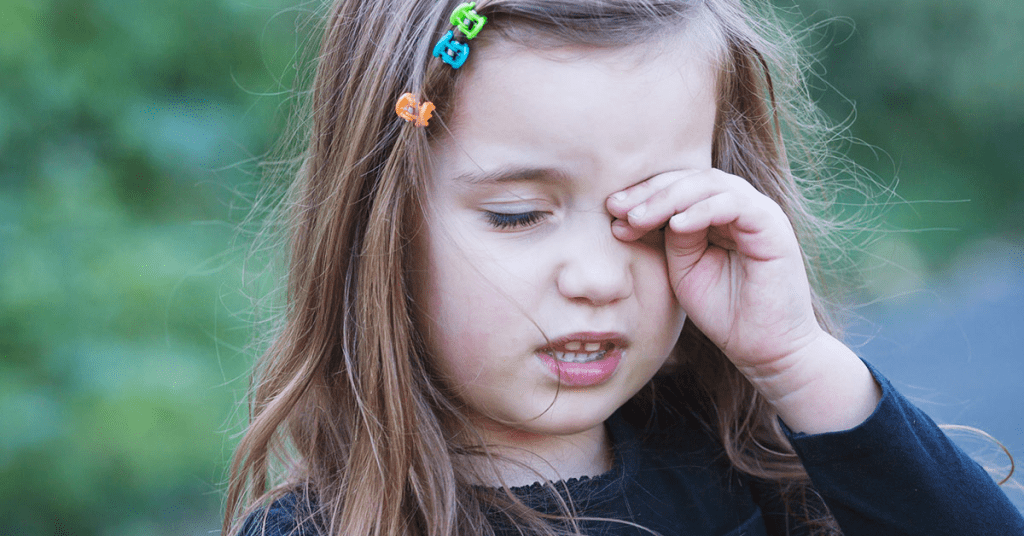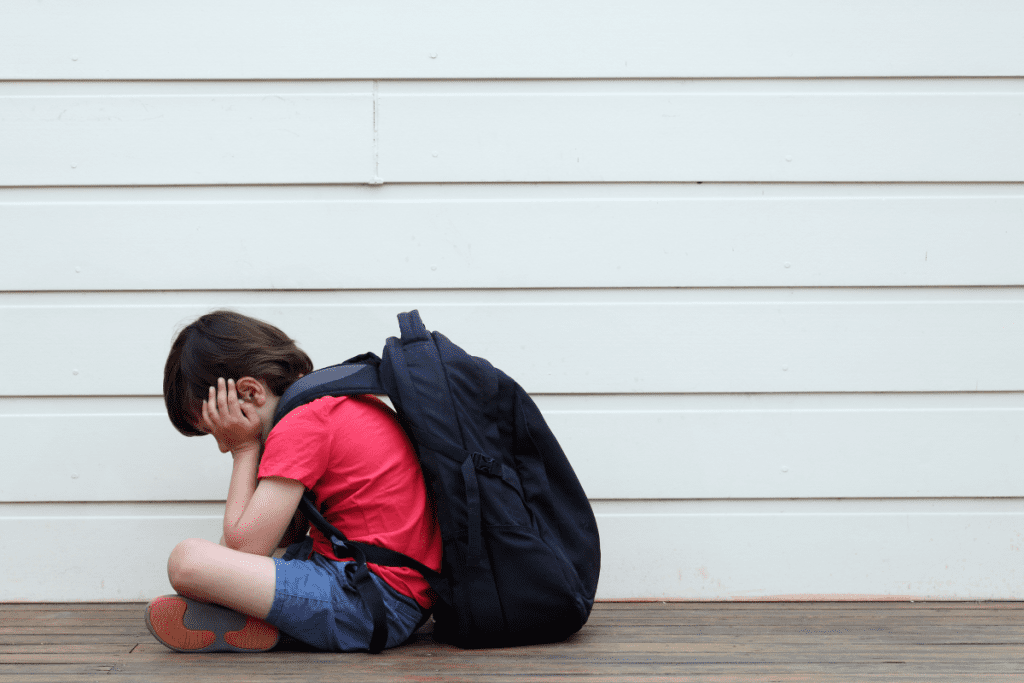In a time when many schools are striving to create more positive and supportive learning environments, a handful of schools in Texas have taken a step back in time, reintroducing corporal punishment as a disciplinary measure. This decision has sparked a heated debate about the effectiveness and ethical implications of this outdated practice.
Three schools in the Three Rivers Independent Schools District have implemented a new policy allowing staff to use a wooden paddle to discipline students who misbehave. This decision has raised eyebrows and concerns among many, prompting a closer look at the history and science behind corporal punishment.

For decades, corporal punishment was a common practice in schools across the United States. Teachers and administrators believed that physical punishment was an effective way to deter disruptive behavior and maintain order in the classroom. However, as research began to emerge highlighting the negative consequences of corporal punishment, its use began to decline.
Numerous studies have shown that corporal punishment is not only ineffective but can also have long-lasting negative effects on children’s physical, emotional, and mental well-being.
Research has consistently demonstrated that children who are subjected to corporal punishment are at a higher risk for developing a range of behavioral and mental health problems, including:
- Increased Aggression: Corporal punishment models aggressive behavior, teaching children that violence is an acceptable way to solve problems. This can lead to bullying, physical altercations, and other forms of aggressive behavior.
- Mental Health Issues: Studies have linked corporal punishment to an increased risk of mood disorders, anxiety disorders, substance abuse, and personality disorders.
- Brain Development: Harsh corporal punishment can negatively impact brain development, particularly in the prefrontal cortex, which plays a crucial role in self-control, decision-making, and emotional regulation.

While corporal punishment may seem to provide a quick fix for disruptive behavior, it can have lasting negative consequences:
- Reduced Self-Esteem: Corporal punishment can damage a child’s self-esteem and sense of worth, leading to feelings of shame, fear, and inadequacy.
- Damaged Relationships: Corporal punishment can erode trust and create a negative power dynamic between children and their parents or teachers.
- Increased Risk of Violence: Children who are physically punished are more likely to engage in violence themselves, both as children and adults.
Beyond the scientific evidence, there are significant ethical concerns surrounding corporal punishment:
- Violation of Human Rights: Corporal punishment violates a child’s right to bodily integrity and dignity.
- Power Imbalance: Corporal punishment reinforces a power imbalance between adults and children, creating an environment of fear and intimidation.
- Lack of Consent: Children do not have the capacity to consent to corporal punishment.

While corporal punishment is still legal in nineteen states across the country, there is a growing movement to ban this outdated and harmful practice. Many educators, psychologists, and child advocates believe that corporal punishment has no place in a modern school system.
There are numerous effective and ethical alternatives to corporal punishment that can be used to address disruptive behavior in schools:
- Positive Reinforcement: Rewarding positive behavior can be a powerful motivator for students.
- Logical Consequences: Linking consequences to the misbehavior can help students understand the connection between their actions and the outcomes.
- Restorative Practices: Focusing on repairing harm and building relationships can create a more supportive and positive learning environment.
- Social-Emotional Learning: Teaching students social-emotional skills, such as self-regulation, empathy, and conflict resolution, can help them manage their emotions and behavior in a healthy way.

The reintroduction of corporal punishment in Texas schools is a troubling trend. It’s time to recognize that corporal punishment is not only ineffective but also harmful to children. We must work to ensure that all students have access to safe, supportive, and nurturing learning environments that promote their well-being and academic success.
The debate over corporal punishment is not a new one. However, it’s a conversation that needs to continue until this outdated and harmful practice is eradicated from our schools. We must prioritize the safety, well-being, and development of all children, and that means ensuring that they are never subjected to physical punishment.


